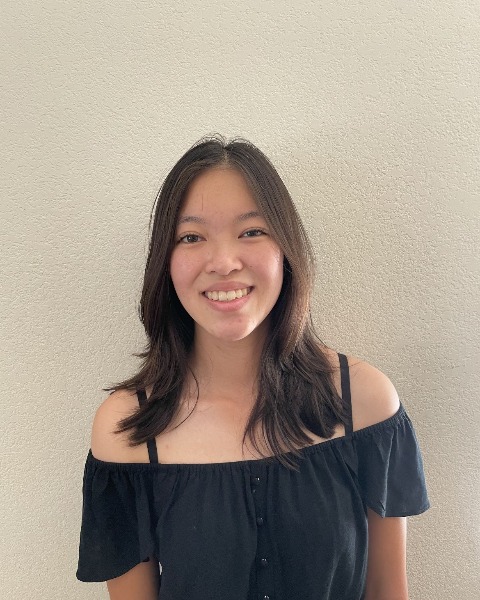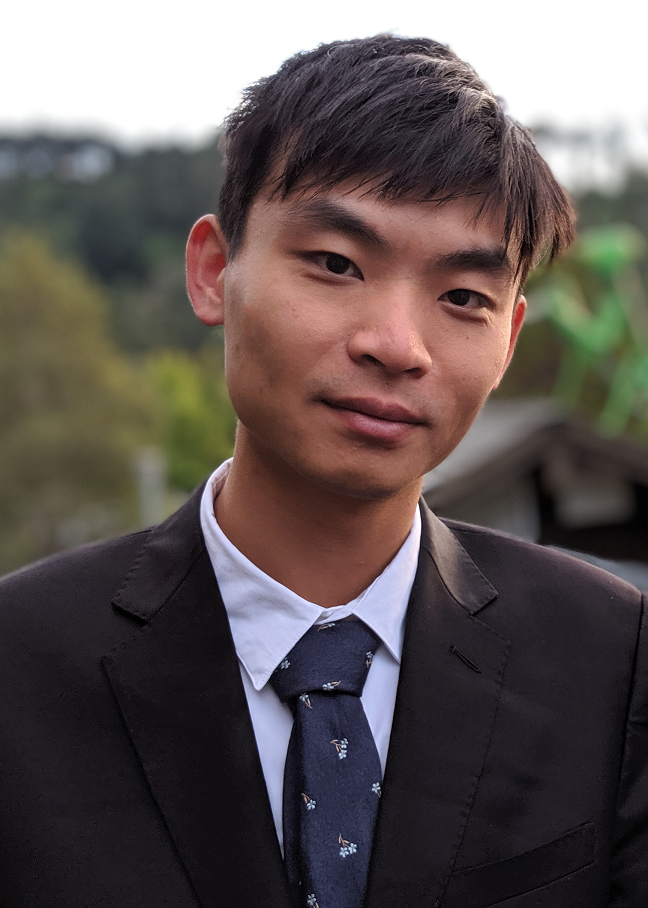Biomedical Engineering Education
(F-228) Initial Investigation of Student-Faculty Micro-Interactions on Students’ Sense of Belonging through Organized Student-Faculty Lunches

Tiffany M. Chan (she/her/hers)
Undergraduate Student
University of California, Davis
Davis, California, United States- TC
Tate L. Chatfield
Undergraduate Student
University of California, Davis, United States 
Xianglong Wang
Assistant Professor of Teaching
University of California, Davis
Davis, California, United States
Presenting Author(s)
Co-Author(s)
Primary Investigator(s)
Most studies in student-faculty interactions focus on the structured and semi-structured interactions, for instance, in-class lectures or office hours. Another significant but less studied aspect is the informal micro-interactions between the two groups. These informal exchanges may also contribute to the educational experience of students.
One of the core goals within the Biomedical Engineering (BME) department at University of California, Davis (UCD) is to ensure the success and retention of undergraduate students. In a previous departmental survey in BME at UCD, undergraduate students reported one sixth of students did not feel comfortable in the major and a third of students reported seriously considering leaving the major. All one sixth of BME students that were not comfortable in the major also pertained within the subset of 34% who were not affiliated with any BME undergraduate student-focused group.
To address the missing sense of community and belonging, we in collaboration with the Health, Equity, and Wellness (HEW) departmental committee, planned a series of student-faculty micro-interaction events to provide students with this organized student-serving community. We report our results from our first set of events, the organized student-faculty lunches.
Materials and Methods::
12 non-graduating students of at least 2nd year-standing in the undergraduate BME program were invited to a departmentally sponsored lunch with a BME faculty member. 3 to 5 undergraduates were invited to each lunch with their discussion topics of interest submitted in a recruitment survey that matched the invited faculty. Upon confirmation, students were asked to complete an anonymous pre-intervention survey of 11 questions, with 8 Likert-scale questions (1: strongly disagree, 5: strongly agree; see Figure), 2 free response questions, and demographic information to gauge their inclusion in the BME department. These Likert-scale questions were inspired by Driscoll et al.’s student-faculty interaction model and relevant validated surveys. The free-form questions asked students to provide specific questions to ask the faculties during lunch. Sample questions submitted by students in the pre-lunch survey ranged from inquiries regarding the process to enter industry or academia, general insight into the BME community, and advice on obtaining research positions. Following the lunch, students were prompted to complete a linked post-survey with the same Likert-scale questions and two free-form questions for feedback. The same Likert-scale survey was issued to the students again after a month to tease out potential recency bias. Paired t-tests were performed to analyze the potential improvements in the scores of the Likert-scale questions, and Helm-Bonferroni corrections were used for multiple comparisons. The project was approved by UC Davis IRB as an exempt study (IRB #2030008-1).
Results, Conclusions, and Discussions::
We received 11 valid responses (91.7%) for the immediate post-survey (see Figure 1) and 8 responses (66.7%) for the one-month post-survey (see Figure 2). Q2 (satisfaction of events) achieved the largest improvement at +0.55 points (p=0.17) in the immediate post-survey, while Q1, 3, 7, 8 (knowing events, sense of belonging, career goals, knowledge of DEI) achieved +0.45 points improvement (p=0.096, 0.096, 0.053, 0.16). One question (Q5, knowledge of concentration) decreased by 0.10 points. However, a decreased confidence in students’ knowledge in their concentration of study may signify a move from unconscious incompetence to conscious incompetence in their domain knowledge.
The one-month post-survey featured fewer students yet achieved one pair of statistical significance that lasted through the one-month post survey in Q2 (satisfaction of events: pre vs. immediate p=0.041, pre vs. 1 month p=0.020). The improvements followed the same trend as the immediate post survey and there are minimal differences in the results presented in the immediate post survey and the one-month post survey.
The data thus far suggests a positive correlation with the improvement of student belonging and informal student-faculty micro-interactions. This pilot study will inform the departmental HEW committee to continue sponsoring the student-faculty lunches for better undergraduate belonging and retention. Our approach is extremely translatable with minimal cost and a small commitment of human resources. With a larger sample size, we may be able to find more statistically significant improvements in other questions we included in the survey. A larger sample size also allows us to split the data we collected into demographic subgroups to investigate the potential equity of the effects across underserved populations.
We plan to continue investigating with more instances of student-faculty micro-interactions in the same lunch setting as well as other informal activities such as board game nights with faculty.
Acknowledgements (Optional): : This work is funded by the Biomedical Engineering Health, Equity, and Wellness departmental committee at UC Davis. The authors would like to thank Dr. Marc Facciotti and Dr. Steven George who participated in the initial round of study.
References (Optional): : Driscoll, Amy, et al. "An assessment model for service-learning: Comprehensive case studies of impact on faculty, students, community, and institution." Michigan journal of community service learning 3.1 (1996): 66-71.
